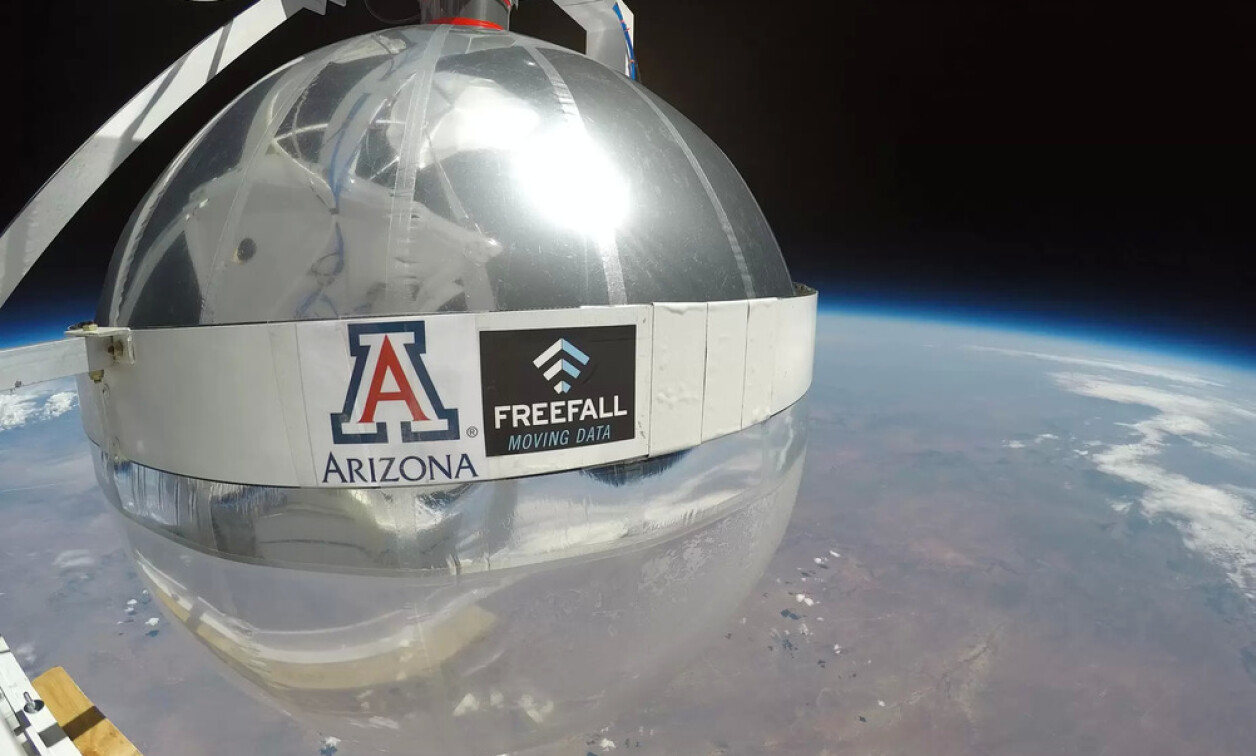Space-antenna project gets NASA and NRL support
NewsOctober 27, 2023

WASHINGTON. A different type of space antenna will be getting a ride to space on a 6U CubeSat as part of NASA's Educational Launch of Nanosatellites (ELaNa) 43 mission, slated for launch in March 2024.
The Large Balloon Reflector (LBR) is an inflatable device that turns part of the inside surface of an inflated sphere into a parabolic antenna, creating wide collection apertures that weigh a fraction of today’s deployable antennas. A section comprising about a third of the balloon’s interior surface is aluminized, which gives it reflective properties.
Engineer Christopher Walker came up with the idea for the technology 30 years ago, according to NASA's account, and is now getting an assist from NASA’s Innovative Advanced Concepts (NIAC) program, funded by the agency’s Space Technology Mission Directorate, which supports visionary innovations from diverse sources.
With funding from NIAC and a grant from the U.S. Naval Research Laboratory NRL, Walker -- now an astronomy and optical engineering professor at the University of Arizona in Tucson -- was able to develop and demonstrate technologies for a 33-foot-diameter (10 meters) LBR that was carried to the stratosphere by a giant balloon. In comparison, the aperture of NASA’s James Webb Space Telescope is over 21 feet (6.5 meters) in diameter.
Parabolic dish antennas use their concave shape to capture and concentrate electromagnetic radiation; the larger the antenna’s diameter, or aperture, the more effective it is for capturing light or radio waves and transmitting radio signals over large distances. The challenge faced by traditional large reflector antennas: They are heavy, awkward to deploy, and difficult to stow, leading to launch constraints and risky in-space deployment schemes.
The LBR design, according to the NASA account, solves both problems: its thin film structure inflates like a beach ball, blowing up into a stable parabolic-dish shape without the need for bulky and complex deployable hardware. It also can fold up into a tiny package.
During the upcoming ELaNa 43 mission -- a joint effort involving NASA, Freefall Aerospace, the University of Arizona, and Rincon Research Corp. -- after reaching low-Earth orbit, the inflatable antenna deployment system will deploy from its container, inflate to a diameter of about 1.5 feet, and begin transmitting back high-definition Earth photos. NASA also notes that a more ambitious lunar mission concept is under consideration: NASA’s Goddard Space Flight Center is thinking of using the inflatable antenna in tandem with a new instrument called Terahertz Spectrometer for In-Situ Resource Utilization, a miniature, high-power laser precisely calibrated to detect water, a critical exploration resource.









